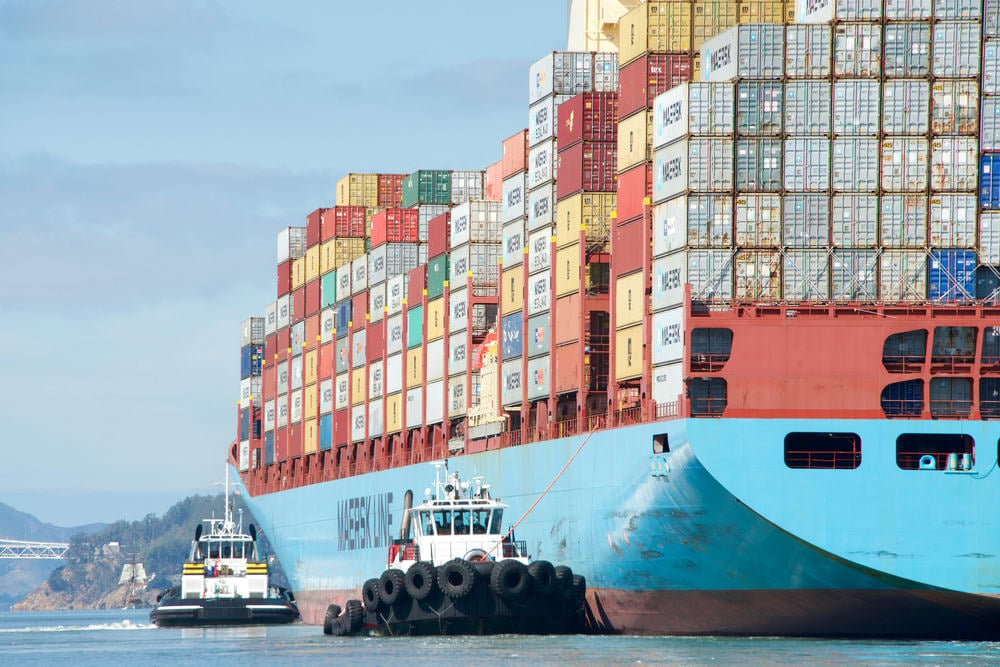Balancing Schedule and Cost: Approaches for Transporting from Chinese Suppliers
In the current global economy, freight transport from China has emerged as critical component for businesses looking to grow their market reach and improve their supply chains. Given the country's strong manufacturing sector and a diverse range of products, entrepreneurs often find themselves weighing the benefits of speed and cost when it comes to logistics. Knowing how to balance this equation is crucial for making informed decisions that can impact both profitability and customer satisfaction.
As companies consider shipping options from China, it's crucial to identify strategies that match with their specific needs and resources. Whether you are a small business just starting out or a well-established enterprise, the proper approach to shipping can enhance operational efficiency. This article will explore effective techniques and considerations that will help you streamline your shipping process, reduce expenses, and ensure timely delivery of goods to your location.
Grasping Shipping Alternatives
When it comes to shipping out of China, enterprises offer a range of options to pick from, all suited for various needs and budgets. The most frequent ways include air freight, sea freight, and express shipping, each offering unique advantages and drawbacks. Air freight is typically faster, making it suitable for time-sensitive shipments, while sea freight is less economical, particularly for larger volumes of goods. Express shipping combines speed and reliability, although it often carries a additional cost.
Air freight is popular for its speed, providing a practical solution for enterprises that need quick delivery, especially for in-demand products. Nevertheless, it is essential to take into account weight and volume limitations when using this method, as it can become pricey for heavier shipments. For businesses that can afford to wait longer, sea freight presents a cost-effective alternative, allowing for substantial savings on shipping costs while accommodating larger volumes.
On the other hand, express shipping solutions like DHL or FedEx are designed for urgent deliveries, guaranteeing that goods get to their destination swiftly and efficiently. These services are perfect for small businesses that need to maintain a steady supply of products without holdups. Comprehending the nuances of each shipping option enables businesses to arrive at informed decisions based on their unique needs, balancing time and cost efficiently.
Cost Management Strategies
To efficiently manage expenses when transporting from China, organizations should first concentrate on selecting the right shipping partner. This entails researching different freight forwarders and supply chain companies, evaluating their pricing and offerings, and considering their dependability. Establishing robust partnerships with these providers can lead to improved negotiation terms and potential discounts, ultimately lowering transportation costs. It is essential to consider the balance between cost, service level, and timeliness to ensure a equilibrium that aligns with the company's objectives.
Another important approach is to enhance the packaging process and freight consolidation. Minimizing the size of shipments through smart packaging can significantly lower transportation expenses. By consolidating multiple shipments into a unified shipment, businesses can benefit from the benefits of large-scale scale, which lowers the per-unit shipping cost. Ensuring that products are contained efficiently also reduces dimensional weight charges and maximizes container space usage on containers or platforms.
Lastly, companies should consider the scheduling of their shipments. Shipping during shipping from china or leveraging slower transport methods can lead to significant cost reductions. While fast-track transportation options may be appealing for quicker delivery, they often come with elevated price points. Scheduling shipments around demand cycles and using forecasting tools can help companies make more educated decisions on when to ship, thereby reducing costs associated with expedited shipping.
Time Optimization Strategies
As shipping from China, timing is often of the essence for companies aiming to meet client demands and stay relevant. One efficient strategy is to leverage expedited shipping methods. Many logistics firms offer express services, which can significantly reduce transit durations. Utilizing air freight instead of sea freight is one frequent method that, although more costly, allows for much faster delivery. It is essential for organizations to assess their urgency and determine if the additional shipping costs justify the time saved.
Another approach is to streamline order processing and fulfillment. Implementing streamlined inventory management systems and working together with local warehousing in China's manufacturing hubs can minimize holdups. By holding stock nearer to your primary market, you can expedite the shipping process. Additionally, working closely with suppliers to maintain open lines of communication ensures that any issues are addressed swiftly, reducing potential obstacles.

Lastly, planning ahead can greatly enhance time efficiency in shipping logistics. Understanding peak shipping seasons and adjusting order scheduling can help avoid delays caused by peak demand. Moreover, pre-arranging customs documentation and compliance requirements can facilitate easier transits. By being proactive rather than passive, companies can significantly reduce lead times and enhance their overall shipping experience from China.